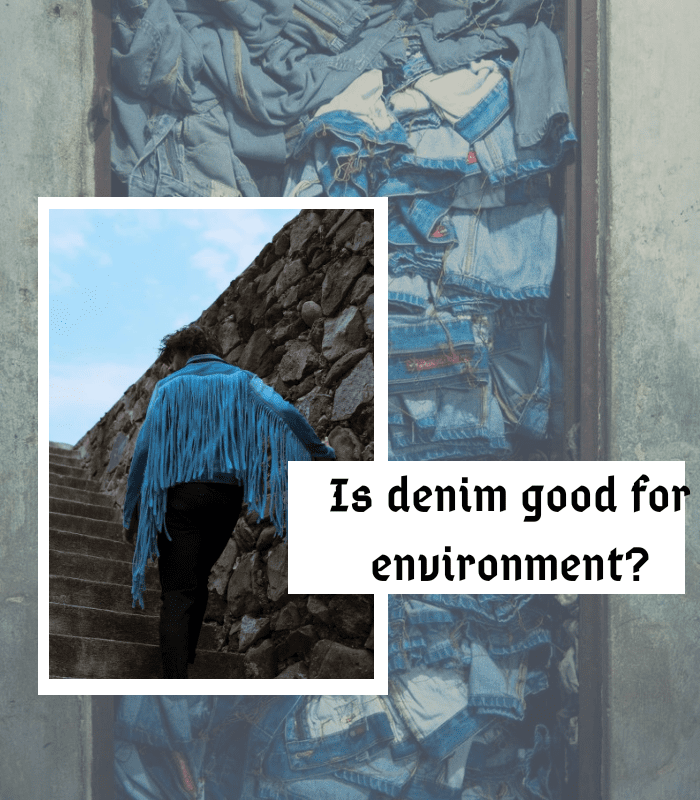Denim is one of the most iconic fabrics. Denim has a long history and it has been transformed into various forms in keeping with fashion. Although originally denim was made of wool, the trend shifted to cotton. Its product can have serious social and environmental consequences. However, this is not the way it has to be. There are denim brands, both big and small, which are committed to people and the planet.
Traditional blue denim is a warp-face 3/1 twill-weave cotton fabric in which the warp is dyed with indigo. The dye has poor substantivity and dye from the surface can be washed out by several denim washing methods using stones, sand, cellulase enzymes, sodium hypochlorite or potassium permanganate (called an acid wash), hydrogen peroxide and caustic soda, creating a unique look to denim. Although denim and jeans have a prominent role in the fashion trade, it is time to think about jeans’ impact on the environment.
The textile industry has one of the largest environmental impacts in the world. Owing to ecological concerns, it is necessary to find ways to reduce these environmental impacts. This is true of denim because it is made of cotton, which in most cases is a polluting crop dyed with indigo, a dye with a damaging degree of fixation which initiates huge ecological problems. Life-cycle assessments provide data from every stage of a product’s life, from the cradle to the grave (i.e., from raw material extraction through cultivation, manufacturing, distribution, use, repair and maintenance, and disposal or recycling). These data can be considered one of the first ways to reduce environmental impacts. Therefore, it is important to know the life-cycle assessment of denim and how it affects the ecosystem. The life-cycle assessment and its importance, the life cycle of denim, the life-cycle assessment tool, phases of the life-cycle assessment and a life-cycle assessment of denim with actual data.
The denim industry depends heavily on the availability of water. Cotton, the main component in denim, consumes fertilizers, pesticides and a significant quantity of water during its cultivation. In addition, a huge amount of pollutants are released during different processing stages of denim, especially in dyeing, finishing, washing and rinsing. The entire denim industry, from cotton irrigation to manufacturing, is responsible for a high water footprint.
It is 21st century, the century of “fashion”. Today we can see that every month new fashion garment are launched by many fashion designers according to the taste of the clients because Denim are most favorable by the youth and the people. It is most comfortable and suitable for every occasion and season. However, denim companies are invariably trying to reduce these environmental consequences with their sustainable approach. Many denim companies today are striving hard to embrace greener methods and are also making effort to develop new techniques of producing jeans, as a part of their business strategies to protect the environment. They have understood the importance and the need to build a sustainable business.
traditional denim production requires around 25 dyeing barrels and range of dangerous chemicals. Advanced Denim process needs just one barrel and advanced eco-safe, concentrated liquid sulfur dyes. The remaining steps of production are removed. Top denim manufacturers of the world are showing high interest in adopting the Advanced Denim technology. This type of green process is a great example for saving water, energy, materials and reducing environmental pollution. Denim companies need to measure their environmental footprint to protect the environment, as the answer to the call of sustainable jeans, at the same time benefit from the business.
Conclusion: From above the discrimination we came to the conclusion that denim is bad as well as good for the environment we have to negotiate considering 21 century youth. Many companies now making sustainable technology which is less harmful for the environment.

